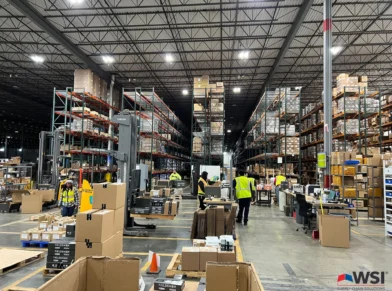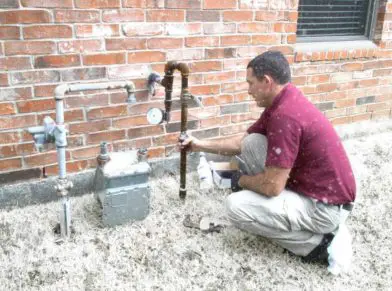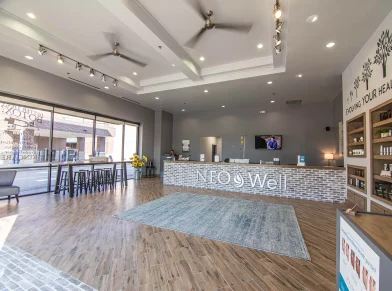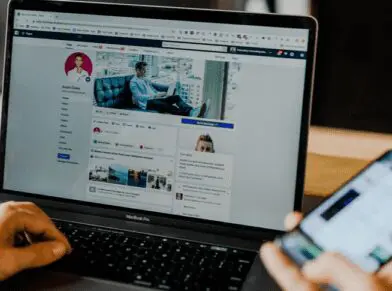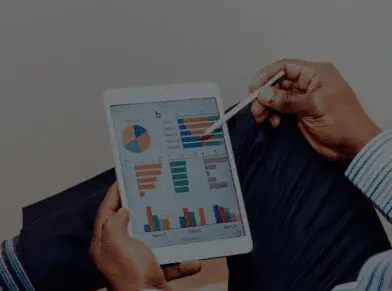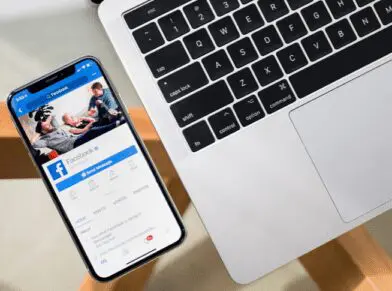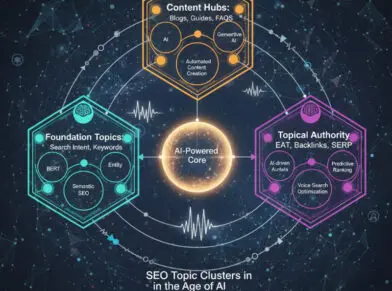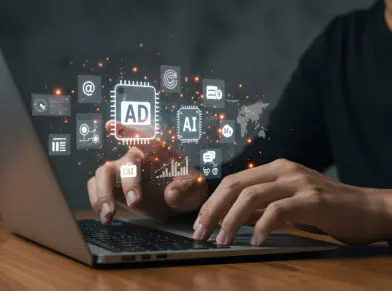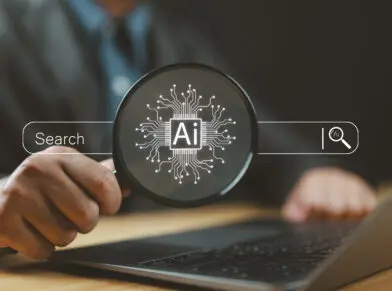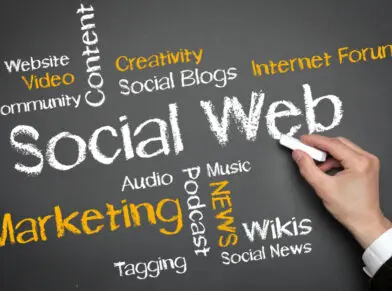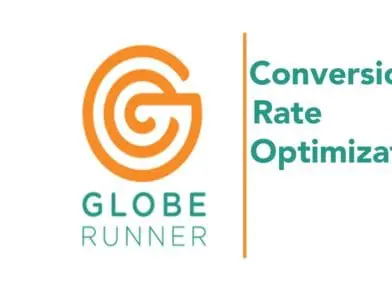EMAIL MARKETING AND CONVERSION OPTIMIZATION
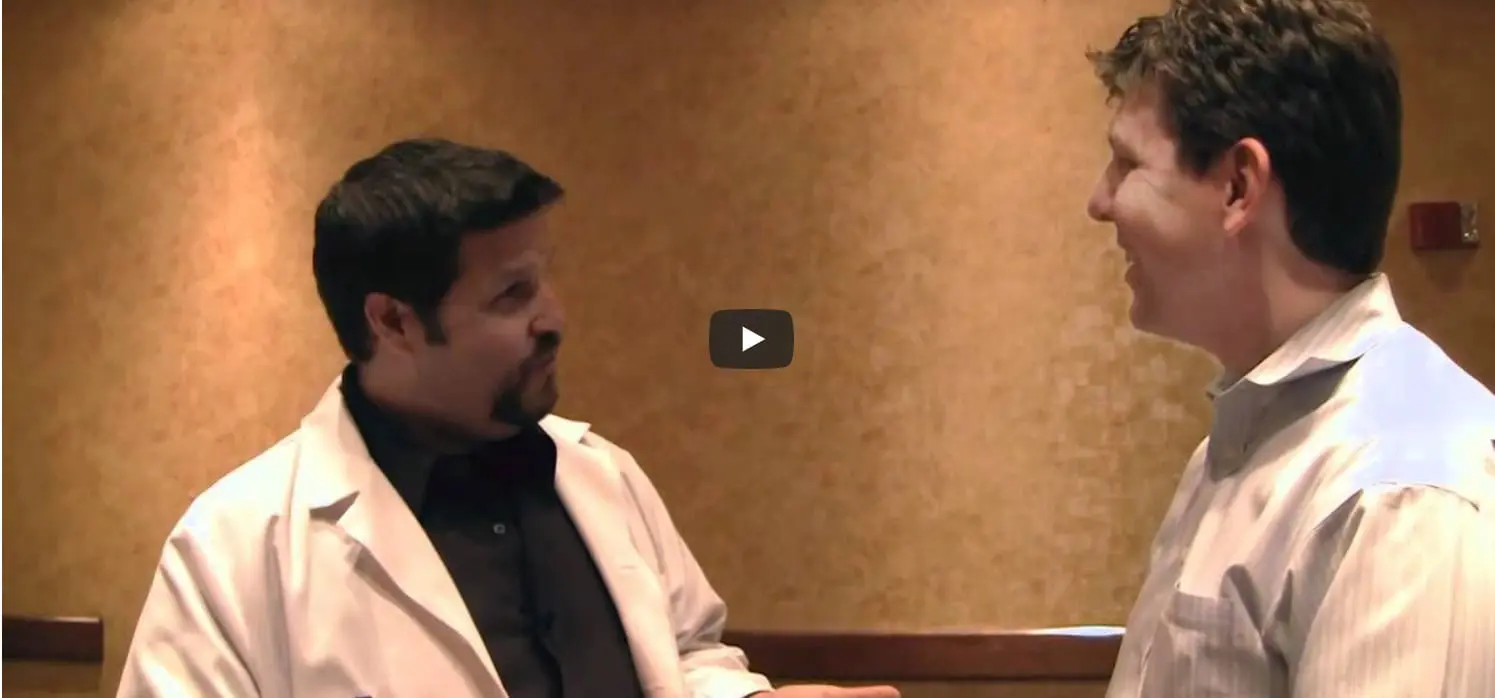
We caught up with Email marketing expert and Conversion Scientist Brian Massey at last night’s DFW SEM meeting- always a treat, we love Brian. Check it out!
Transcript
Eric: Hi, it’s Eric from Globe Runner SEO, and tonight we’re at DFW SEM. We love coming to these events because of the great speakers that they bring, and to tonight I’m talking with Brian Massey, the conversion scientist, one of the smartest guys I know. Brian and I have actually known each other for about a year now. I originally saw you at PubCon. We scheduled a phone call. You helped me out with one of my websites, and you gave me a lot of great insight. I thought I’ve got to pull Brian aside, take a few minutes to talk to you.
One of the things that I know you’re really great at is email marketing. We have several clients right now doing email marketing campaigns, and I wanted to get your advice on that.
Brian: OK.
Eric: I wanted also to kind of let everybody out there know that we love to use you for conversion optimization on either email or website optimization campaigns. If you guys are already a client of ours, call me, talk to me about working with Brian because if you want to convert your website better, this is the guy to talk to.
Brian, let’s focus a little bit on email marketing. I know you like to do it. I subscribe to your email list. I get it all the time. It’s got great content in it. How do you make that work? What’s the secret sauce to emails?
Brian, I’ll tell you the problem with email is there’s a recipe that the Wizard Academy which is an interesting and enigmatic business communication school talks about, Roy Williams says that salience equals frequency times relevance. Salience is that magic moment when somebody gets what you’re saying. They move your brand into their chemical memory as opposed to digital electrical memory.
Eric: OK.
Brian: Salience is important. It’s what builds brands, relevance and frequency. These are the challenges in email, relevance and frequency. To be relevant, I have to understand something about my folks, my higher subject matter experts who write that content.
Eric: Right, right.
Brian: What we end up doing is getting into this monthly newsletter that has three fully written articles, and that doesn’t give us the frequency that we need. I think blogs are where it is, and this has really worked for me. Every time I have an article some place else, I do a little blog post about it, and my blog drives my email marketing.
Eric: You mean, you write an article somewhere else, or you read an article somewhere else?
Brian: I’ll write an article on Search Engine Land or Clicksy. Rather than link to that, I will write a blog post summarizing one of the things or excerpting. I’m using my blog as the content source, and then I have what is called a RSS to email service. Mail Chimp, AWeber offer these things.
Eric: Yeah, we like Mail Chimp actually ourselves.
Brian: Once a week, weekly I would consider the minimum for effective email.
Eric: OK.
Brian: Once a week, Mail Chimp goes and looks at my RSS feed. If there’s new blog posts, it puts them into a template and sends it to my list. It manages my opt-outs and everything for me, and it’s hands off. I write the blog. I go about my business, and Mail Chimp takes care of that once a week. I’ve got relevance because I’m dealing with articles that I have written specifically for my audience. I’ve got frequency in getting something out once a week.
Eric: Right.
Brian: That’s creating that salience where people get what I’m about, a thought leader in my space.
Eric: And they think, conversions, Brian.
Brian: That’s exactly right, and it works very well for me. Don’t get wrapped around the axle on doing your monthly newsletter. Do your weekly blog post and summary.
Eric: Do you like doing it once a week where it aggregates your one to three posts, or however many you needed, or the other option at Mail Chimp is, I know, that you can have them do it every night. Every time that you do a post, it’ll pop. What do you think of that? Is that too much?
Brian: The rule of email is this. You send as often as your content allows. As an extreme example American Airlines sent me five emails within the space of an hour.
Eric: But you were going to miss your flight if you didn’t get it.
Brian: They were giving me flight updates, so I wanted that. That’s high relevance.
Eric: Right.
Brian: If you can’t write, I know some entrepreneurs who can write a daily email. They’re short. They’re punchy, but they’re interesting, and they keep people on their list, writing daily.
Eric: I wish I could do that.
Brian: Every one of them has an offer in it. It works for folks like that. You decide.
Eric: OK.
Brian: A blog is usually a wide range of topics, so I think once a week or twice a week is probably sufficient. If you try to do that daily, it’s probably a little more hit, miss and less relevant. A daily thing might be a little stretching it, but I did a test last summer which I had four, eight days sent an email every day.
And so, I got to study what we call list shake. People who don’t want that are getting off, but they’re probably not buyers anyway.
Eric: Right. Maybe, that was OK. Let’s talk about a couple of the high sticky points in emails that I think about a lot is the headline in the email, and then also the call to action email. Do I need to have a call to action in my email, and then, if so, do I need it at the top?
Do I need it at the bottom? How strong does it need to be? Should it be like my landing page, like a PPC landing page where I have a really clear button that says Do This Now? Or do you suggest, like your emails, in fact, are probably a little softer where they’re a little more on content, and I’m not driving you to buy something right now. In email, it depends on what you’re selling.
Brian: Email is a promotional… We’re marketers. It is a promotional medium. We do want to promote.
Eric: Right.
Brian: I recommend the best place to put offers is in the copy. You write your email or you write your blog post such that it ends up going in with this offer, that offer you can have what we talked about.
Eric: Right.
Brian: That’s the most important place. If you put it in the copy, you’re going to have higher click-throughs.
Eric: OK.
Brian: There’s a little blindness. I use a two column thing. There’s an offer blindness on the right column, if you see a two column newsletter, but I’ve had good luck with them. I suspect that I could have better luck in stream ads.
Eric: Right.
Brian: In a one column format which is what I’m seeing more of from the informational newsletters, but yet, you need to be promoting. You need to be letting them know you have products to offer, and I don’t have a lot of products to offer because I sell mostly services is why I don’t push it a lot.
Eric: Yeah. Well, we’re in that same business, but most of my clients have something to sell so it’s good to know both. Well, good. Thank you, Brian. That is always informative. I really appreciate you taking the time to talk with us a little bit.
Brian: I appreciate the opportunity.
Eric: I want to repeat here at the end. If you guys want to improve the effectiveness of your site and we’re building traffic to the website and you’re one of our clients, call me. Let’s talk a little more. I’d like to get Brian involved in your campaign and really improve the conversion rate that you’re seeing on your site or in your email campaign. If we’re going to work with anybody, it’s going to be Brian on conversion optimization. I really appreciate your time, Brian.
Brian: Thanks for having me.
Eric: Thanks.
